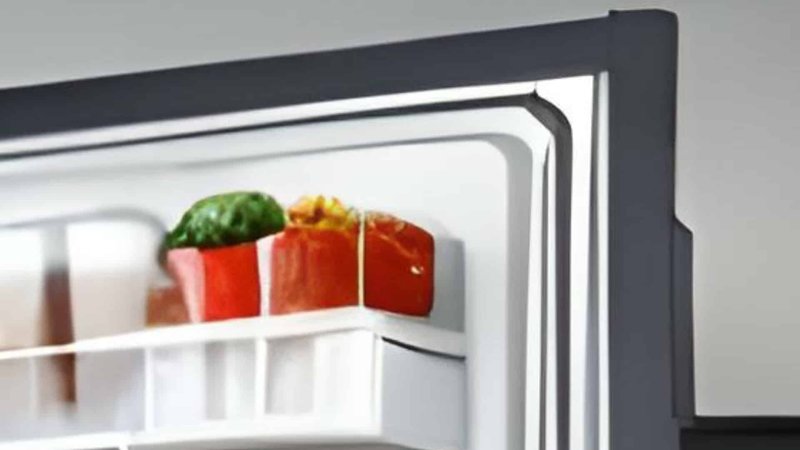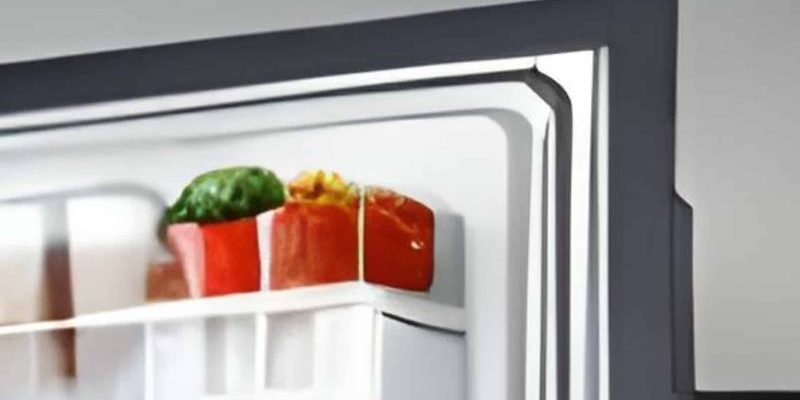
When you see an error code like E1 on your Whirlpool refrigerator, it’s essentially a cry for help. This specific code often indicates a temperature sensor problem, meaning your fridge isn’t able to regulate its temperature correctly. Imagine trying to cook with a busted thermometer—you’d have a hard time getting things just right! Well, your fridge feels the same way. But, the good news is that there are some simple and effective steps you can take to keep this error at bay.
Understanding the E1 Error Code
To tackle any problem, it’s crucial to first understand its root cause. The E1 error code typically points to an issue with the temperature sensor or thermistor in your Whirlpool refrigerator. These components are like the thermostat in your house—they tell the fridge how cold it should be. When they malfunction, the fridge either cools too much or stops cooling altogether, prompting that dreaded E1 to show up.
Now, you might be wondering why this happens in the first place. Well, over time, sensors can wear out due to regular use, power surges, or simply getting jostled during cleaning or moving. Think of it like the brakes on a bicycle. If they’re not checked regularly, they might not work when you really need them. The same goes for your fridge’s sensors. While you may not see them, they’re working hard behind the scenes.
So, what happens if you ignore the E1 error? Your fridge might start to underperform, leading to spoiled food and potential wastage. Plus, prolonged issues could even take a toll on other components, leading to costlier repairs. Taking quick action not only saves your fridge but also keeps your groceries fresh and crisp, just the way you like them.
Steps to Prevent the E1 Error Code
Here’s the deal: Preventing the E1 error code requires a bit of proactive maintenance. Don’t worry; it’s simpler than it sounds. Let’s break it down. First up, cleanliness is key. Make sure to regularly clean the coils at the back of your fridge. Dust and debris can mess with the cooling efficiency, causing undue strain on the sensors. It’s like trying to run a marathon with a stuffy nose—your fridge can’t breathe properly!
Next, give some love to your fridge’s placement. Ensure it’s not crammed against the wall, allowing proper air circulation around it. Adequate space means the sensors won’t have to work overtime to maintain the right temperature. It’s akin to giving your refrigerator some elbow room to breathe and function smoothly.
Another effective tip is to routinely check and recalibrate the internal thermostat. Doing so ensures it gives accurate readings and communicates effectively with the cooling system. Think of it as tuning a guitar. You want each string—sensor, thermostat, and cooling system—to resonate perfectly with each other, creating a harmonious balance.
Long-Term Maintenance Tips
Maintaining your fridge in top shape isn’t just about fixing current issues; it’s about preventing future ones. Regularly inspecting and, if necessary, replacing faulty sensors can save you a lot of headaches down the road. Manufacturers often recommend checking these components yearly—consider it an annual health checkup for your fridge.
Apart from the sensors, pay attention to unusual noises or changes in cooling performance. These could be early signals that something’s amiss. Think of it like your car making a strange noise—addressing it sooner rather than later can prevent breakdowns while you’re on the road.
Finally, it’s a good idea to familiarize yourself with your fridge’s manual. This may sound old school, but it’s a treasure trove of information specific to your model. It can guide you on optimal settings and provide troubleshooting tips, so you’re not left in the cold when an error arises.
In a nutshell, preventing the Whirlpool refrigerator E1 error code is all about staying ahead of the game through regular maintenance, smart placement, and timely interventions. Treat your fridge like a reliable friend—give it the care it needs, and it’ll keep your food cool and fresh without complaint. So next time you spot a minor issue, jump on it. This proactive approach not only extends the life of your refrigerator but also ensures you enjoy uninterrupted service, keeping those unexpected repair costs at bay.
Remember, your Whirlpool refrigerator isn’t just an appliance; it’s a kitchen companion. With a little attention and regular upkeep, you can prevent the E1 error from ever darkening your appliance’s display.
